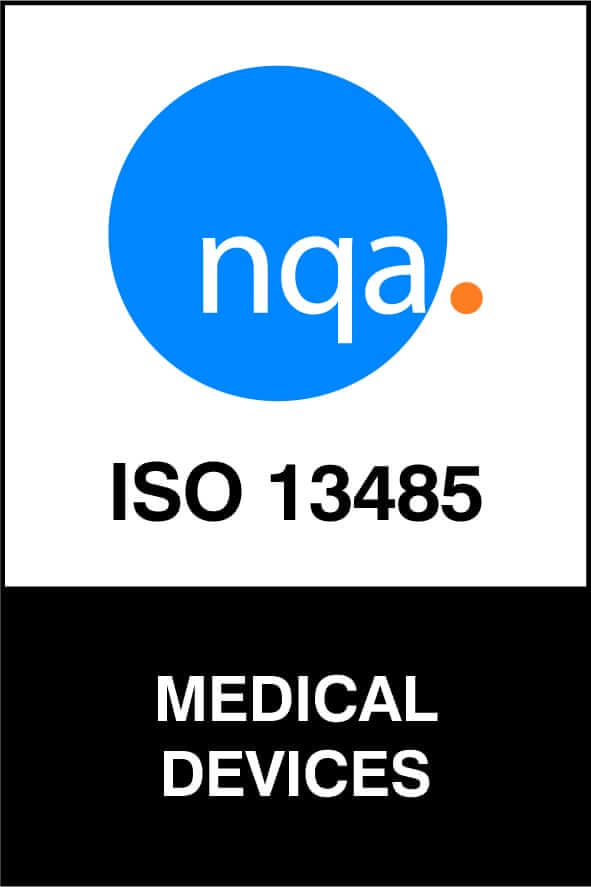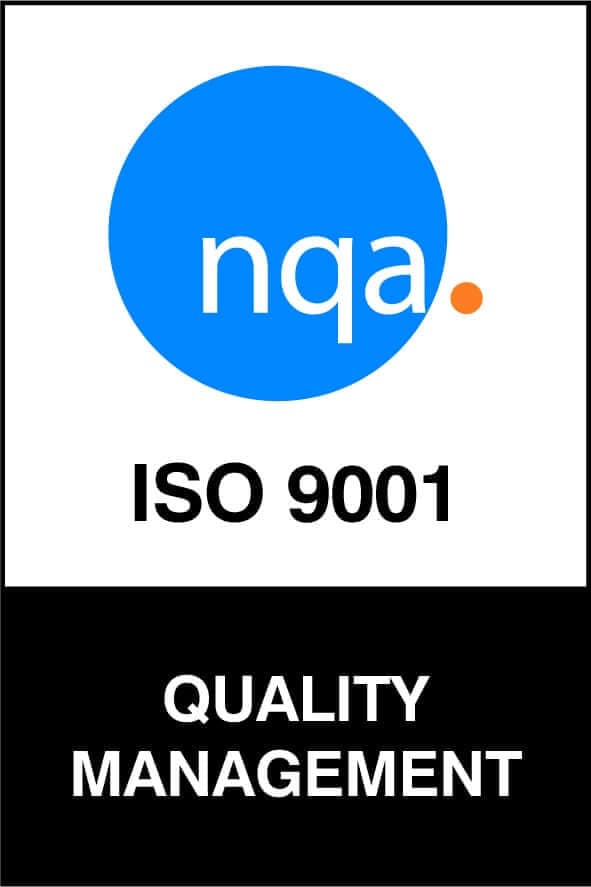Finding cost savings through efficiency gains
Modern business practices include a continuous review of all the processes and procedures employed in the business to ensure that it remains competitive and that the business model is sustainable. This forms the basis for internationally recognized standards such as the ISO 9001:2015. This standard is used by companies to ensure that their business consistently provides products and services that meet customer and regulatory requirements and follow a process of continuous improvement.
What is cost efficiency?
Cost efficiency is often defined as the act of saving money by making a product or performing an activity in a better way.
What factors drive up costs?
- Inefficient processes
- Raw material costs
- Over delivery of services or over-specification of products
- Wastage
- Poor employee performance and staffing levels
- Incorrect or irrelevant standards
- Energy costs
How do you identify inefficiencies?
A thorough analysis of processes in business relies on valid, accurate, and current data. Without these, a baseline cannot be established, and it will not possible to measure any improvement that changes to business practices or procedures will make.
As-Is
This is a thorough investigation of the current status of the business as a whole or even parts of a company such as a production line or a specific service. It involves looking at all processes procedures and costs, documenting and then analyzing them.
GAP analysis
A gap analysis compares actual performance or results with what was expected or desired. This calls for the identification of best practices employed by competitors or other players in a similar business, either locally or globally. Suboptimal or missing strategies, structures, capabilities, processes, methods, technologies or skills can then be identified.
To Be
Once the GAP analysis has been concluded, recommendations can then be made that will assist the company to meet its goals in maximizing profits and delivering quality products to the market.
Jefferson Rubber Works is an ISO9001:2015 accredited company and has had an ISO certification for several years as part of its dedication to manufacturing quality and defect-free products. Quality management is a cornerstone of their business model with a strong commitment to the process from all staff.
Jefferson Rubber Works subscription to ISO9001:2015 principles has provided additional benefits to the company by reducing wastage, improving productivity, while customers benefit from lower product prices and consistently high-quality products. The standard assists the company across many levels, including customer focus, improving management and processes within the company. Adherence to these standards results in a process of continual improvement in the quality of products and services while reducing wastage of resources. Learn more about our USA rubber molding supplier capabilities here.





